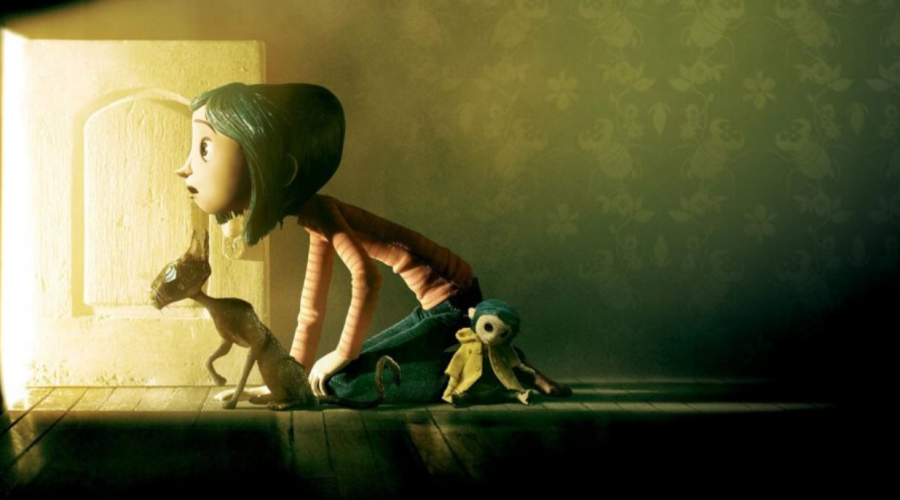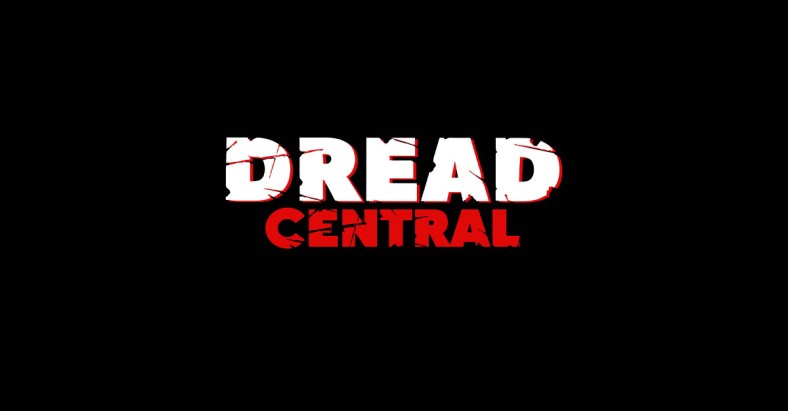

- IN THE BOOK AND FILM CORALINE MOVIE
- IN THE BOOK AND FILM CORALINE TV
- IN THE BOOK AND FILM CORALINE WINDOWS
The fourteenth is locked, and on the other side is only a brick wall, until the day Coraline unlocks the door to find a passage to another flat in another house just like her own.
IN THE BOOK AND FILM CORALINE WINDOWS
In Coraline’s family’s new flat are twenty-one windows and fourteen doors. And so we’re here.īook Description: “ The day after they moved in, Coraline went exploring…. Since I recently reviewed the middle grade novel written by Neil Gaiman, I thought this was a perfect opportunity for a Book Vs. Regardless, I sat down with my roommate recently to finally watch the Coraline movie, which I’ve wanted to see since it came out in 2009.
IN THE BOOK AND FILM CORALINE TV
I can binge whole seasons of TV shows, but when it comes to movies I never want to sit still.
IN THE BOOK AND FILM CORALINE MOVIE
Movie – mostly because I hardly ever watch movies.

It’s part of what made both the Coraline book and film so memorable, and why the Other Mother feels so familiar despite being a new creation.It’s been a long time since I’ve done a Book vs. The Other Mother was a singular take on the concept, fed by folklore and poetry, but invested with a life fully her own.

Figures like the Other Mother may offer candy and other treats but have far less benevolent intentions behind them. Real parents work hard to keep their kids fed and safe, and sometimes seem like they don’t care in the process. Gaiman intended the monster as a gentle lesson about the nature of love for children. There appears to be no specific connection between her appearance and the earlier Beldam stories, though a spider is appropriate for a being that sucks the lifeforce out of its victims. Her world is eventually revealed to be a massive spider’s web, and her true form is spiky and arachnid-like.

The pleasant façade gradually falls away in the process, as the Other World rots and the Other Mother grows more angular and sinister. Coraline is warned off by the ghosts of the Beldam’s past victims, only to be lured into a final confrontation once the Other Mother abducts her real parents. Naturally, the Other World is an illusion and the magical life being offered is a trap. Once Coraline is charmed, the Other Mother offers her the option to stay forever, if only she allows her eyes to be replaced with buttons like the other inhabitants. Her “Other World” is a more colorful and entertaining version of the real world, where the adults cater to her every whim and constantly tell her how much they love her. The girl stumbles upon the creature's realm through a door in the living room of the family’s new home, an apartment house they share with several other odd inhabitants. In Coraline, the Beldam takes the form of the “Other Mother,” a kinder, happier, more openly affectionate version of Coraline’s own overworked mom. RELATED: Why Coraline Has Such an Odd Name The similarities to Coraline's beldam are such that Gaiman likely had the poem in mind when coining a name for his monster. A noble knight falls to her charms, only to be warned by the ghosts of past victims that she is not what she seems. John Keats’ poem La Belle Dame Sans Merci – translated as “The Beautiful Woman Without Mercy” – presents its title character as a kind of succubus, who lures victims into her clutches to feed off of them. The phrase “Belle Dame” means “beautiful woman” in French, which has been used to denote a seductive, siren-like quality in works of literature. The origins of the word speak to similar types of fairy tale creatures. She particularly sought young victims, such as children or young lovers who could be easily induced to lower their guard by a pleasing or trustworthy face. A Beldam was said to dwell in distant hidden houses, much like the gingerbread house of Hansel and Gretel's witch, and often possessed the power to change her shape. The word “beldam” means witch or sinister old woman, which fits several common fairy tale tropes.


 0 kommentar(er)
0 kommentar(er)
